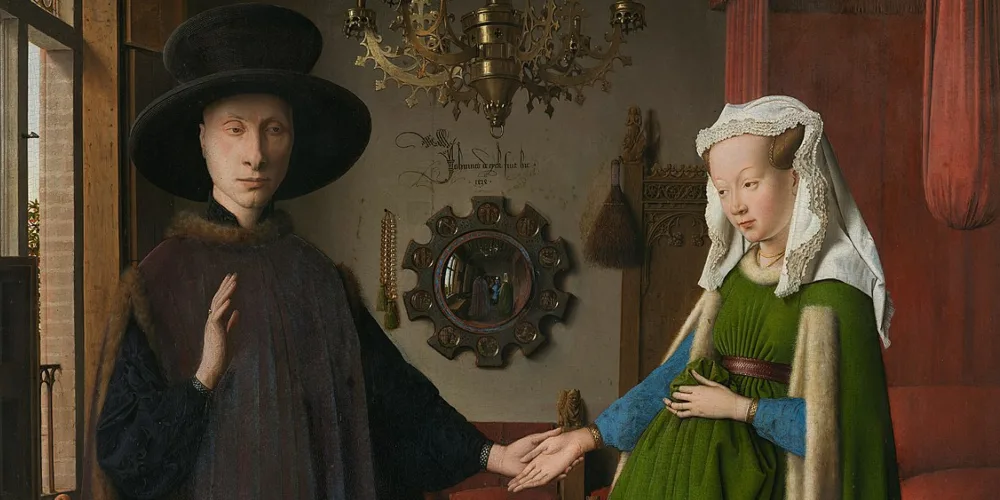Marriage Ring Tradition
In 860, Pope Nicholas I decreed that the engagement ring must be worn to signify the desire to marry. The Pope, a defender of the sanctity of marriage and the prohibition of divorce, said that marriage required sacrifice and that no ring other than gold would be accepted.
For these traditions, Jews wore their wedding rings on their index fingers and Indians on their thumbs. In the 3rd century BC, the Greeks discovered that the “love vein” passed through the third finger and went directly to the heart. The Romans adopted this calculation, which did not count the thumb, and doctors even mixed their medicines with this “healing finger”.
Christians continued the custom and religiousized it by putting the ring on the index finger “in the name of the Father”, on the middle finger “in the name of the Son”, then on the ring finger “in the name of the Spirit” and saying “Amen”.
Birthday Tradition
The birthday began in Ancient Egypt around 3000 BC with the celebration of the birth of the sacred pharaoh. Cleopatra was the first woman to celebrate it as a special day.
According to the Greeks, Artemis, the goddess of the hunt and the moon, celebrated her birthday on the sixth of every month; she made herself a huge cake of flour and honey. Since Greek deities celebrated their birthdays every month, they had twelve birthdays a year. In humans, men’s birthdays were celebrated and the celebrations continued even after the man’s death.
The Romans started a practice that continues today by making the birthdays of important statesmen official holidays.
Halva, the tradition of eating the dead
Death vaccination is a tradition alive in Central Asia and is also found in Dede Korkut. It is given for the soul of the deceased. In Anatolia, the words “for the souls of the dead” and “may it go to your soul” when asking for a favor are left over from the habit of pleasing the ancestral spirit.
In Byzantium and in the Orthodox Christian Church, it is part of the official liturgy that the relatives of the deceased make “koliva” on memorial and feast days and distribute it in the church and at the graveside.
According to Islam, it is makrooh to eat food from the house of the dead, and on the contrary, it is necessary to take food to the house of the dead separately. As the proverb says “The dead think that halva is cooked every day”, the custom of making and feeding the dead food – halva – is strong.
Rosary Tradition
It is a name derived from “süphanallah”, the first of the three words repeated at the end of prayer. The number and size of the thirty-three and ninety-nine grains (süpha) vary according to sects and their functions.
The rosary is considered to have originated and spread with Buddhism. In the Buddhist world, rosaries have one hundred and eight beads, in the Catholic world they have one hundred and fifty beads. In the Christian world, the tradition began in the Catholic world when Domingo de Guzman (1170-1221) dreamed of Mary preaching the rosary against sin and heresy.
In European languages, the word rosary is thought to come from the Latin rosarium (English rosary), the rose garden. The English word “prayer” comes from the root “biddan”, to wish, while the word “bead”, beads, comes from the same root.
Mevlit Tradition
In religious literature, it is the name given to a poetic work written to describe the birth and life of the Prophet Muhammad. It comes from the Arabic root “viladet” birth. Mevlit is a beautiful example of Anatolian Turkish called Vesiletü’n-Necat written by Süleyman Çelebi in 1409.
It is a tradition to read Mevlit after the dead on the first, third, seventh, fortieth and fifty-second days. It is also an important aspect of the tradition to attribute these days to events such as the fall of the nose and the melting of the bone. Byzantine histories record that rituals were performed on the third, ninth and fortieth day of death. Islamic sources also wrote that this custom was a Christian custom and claimed that it was an innovation and makruh.

